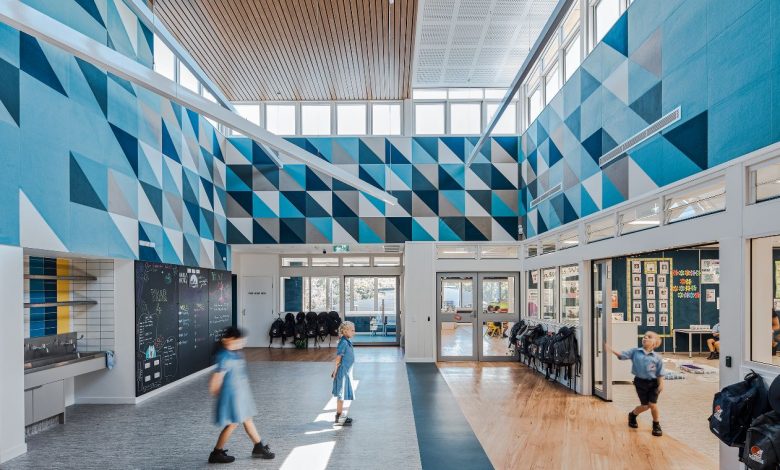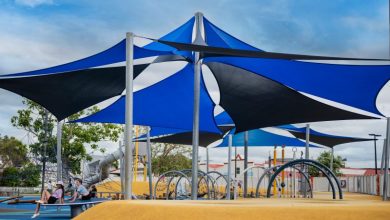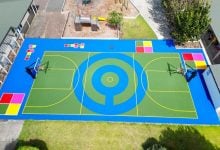A modern approach to teaching and learning

Innovative Learning Environments (ILEs), also known as Modern Learning Environments or Flexible Learning Environments, are quickly becoming the standard for New Zealand Schools.
Put simply, an ILE is a collaborative, flexible, future-focused environment designed to evolve and adapt to changes in educational practices, supporting a modern approach to teaching and learning. While increasingly common, ILEs are complex, requiring meticulous planning and consideration.
The majority of schools in New Zealand were built during the 1950s to the 1970s, many of which are still in use to this day. Historically, students would be taught the same subjects by the same teacher using a traditional teaching method – focusing on the mass rather than the individual. Now, as research conducted on effective learning environments strongly indicates that students learn best when they are actively involved in decision making, initiate their own learning, collaborate, and make connections across learning areas, learning requirements, and teaching methods have evolved significantly.
To provide better learning environments for Kiwi students, the Ministry of Education started implementing ILEs throughout the country. In 2008, five schools were selected to participate in the Learning Studio Pilot Project. The studios were carefully designed to facilitate modern learning with specific emphasis placed on social and structural elements. Though slightly different in design, each studio consisted of a central learning area with modular walls connecting surrounding smaller rooms to the shared space. The openness and flexibility these spaces provided allowed students to work in both large and small groups, as a class, or individually.
When designing an ILE, it is important to consider how the structural, social, and pedagogical attributes will function together. The eight structural design elements needed for ILEs are acoustics, insulation, air quality, heating, lighting, accessibility, sustainability, and health and safety. Vital to the success of ILEs, acoustics support clear communication and speech intelligibility—ensuring both students and teachers benefit from group and individual work. The Ministry of Education Designing Quality Learning Spaces guide states that: “Learning is about communication, and most people communicate using speech. If a classroom isn’t well designed for sound, speech can be hard to understand. Too much noise or reverberation may cause students to miss keywords, phrases and concepts…
“Good acoustic design supports all students and creates a better place in which to learn and teach in.”
The pilot had a lot of positive feedback from students, parents, teachers, and principals; one school even claimed that their year seven student retention rate had increased significantly from 48 percent to 98 percent. When asked about the acoustic performance of the spaces, teachers commented that outside noise from adjacent activities was not a distraction, and there was no need for their students, or themselves, to raise their voices to be heard effectively.
With the success of the Learning Studio Pilot Project, many established schools started the transition from traditional to modern ILE as part of their 10-Year Property Plan, while new schools incorporated ILEs into their campus design and construction. Auckland Normal Intermediate converted its specialist area into a ILE and has commented that since the transition, attendance rates are high, behavioural issues are almost non-existent, students are motivated and engaged, and achievement levels have improved.
The Education Review Office further commented, saying: “Achievement information shows that most students are achieving above national norms in many areas of the curriculum. This high achievement has been sustained over several years and students show good progress in their time at the school, especially in writing.”
AUTHOR: Amber Suckling of AUTEX









